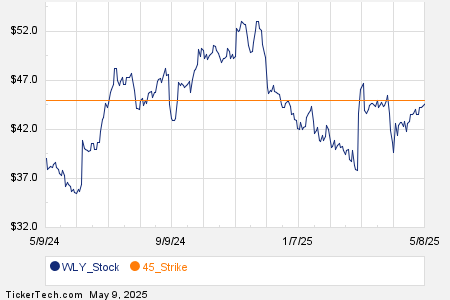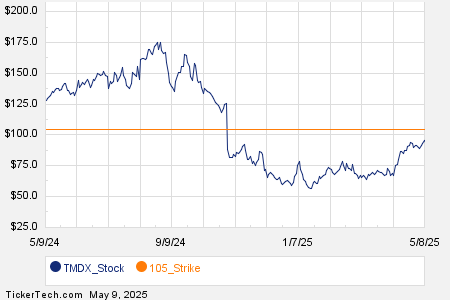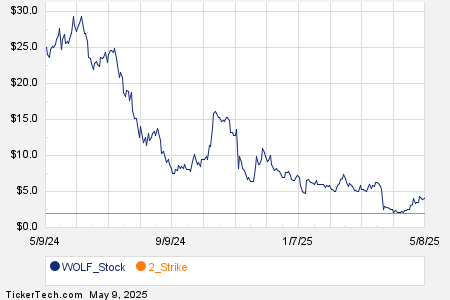Coffee Prices Decline Amidst Brazil’s Updated Production Forecast
July arabica coffee (KCN25) closed down -5.75 (-1.47%) on Wednesday, while July ICE robusta coffee (RMN25) fell by -17 (-0.32%). Overall, coffee prices experienced a moderate decline.
Impact of Brazil’s Coffee Production Estimate
Prices began to drop on Tuesday when Conab, Brazil’s crop forecasting agency, raised its estimate for Brazil’s 2025 coffee production to 55.7 million bags, a significant increase from the January estimate of 51.81 million bags.
Currency Fluctuations Affecting Prices
Additionally, the Brazilian real (^USDBRL) weakened, reaching a two-week low against the dollar. This decline promoted export activities by Brazil’s coffee producers, further pressuring coffee prices.
Robusta Coffee Performance
Despite the general downturn, robusta coffee losses were cushioned somewhat by recent data. Vietnam’s National Statistics Office reported a 9.8% year-over-year drop in coffee exports for January to April 2025, totaling 663,000 metric tons.
Weather Conditions Impacting Production
Coffee prices also received support due to insufficient rainfall in Brazil. Somar Meteorologia noted that Minas Gerais, the largest arabica coffee-growing region in Brazil, received just 1.5 mm of rain in the week ended April 26, or 21% of its historical average.
Previous Highs and Crop Concerns
Last Tuesday, arabica coffee climbed to a two-and-a-half-month high, while robusta hit a five-week high. These increases were fueled by concerns over a potential contraction in Brazil’s coffee crop. Rabobank’s forecast on April 22 projected a 13.6% year-over-year decline in Brazil’s arabica coffee crop for the 2025/26 season, anticipating a yield of 38.1 million bags due to adverse weather conditions affecting tree flowering.
Demand-Side Concerns
On the demand front, several global importers including Starbucks, Hershey, and Mondelez International noted that the US baseline 10% tariff on imports could raise prices and negatively impact sales volumes.
Inventory Trends
The current coffee inventory landscape is mixed. ICE-monitored robusta coffee stocks decreased to a four-month low of 4,225 lots, whereas arabica coffee inventories rose to a two-and-three-quarter-month high of 844,473 bags as of last Wednesday.
Global Production Estimates
Robusta coffee is expected to receive more support due to a reduction in production. Vietnam’s output for the 2023/24 crop year saw a 20% decline, estimated at 1.472 million metric tons—the lowest in four years. The Vietnam Coffee and Cocoa Association has also cut its 2024/25 production estimate to 26.5 million bags from 28 million bags.
Wider Market Context
Meanwhile, Rabobank has forecast a 7.3% year-over-year increase in Brazil’s robusta coffee crop for 2025/26, anticipating a record production of 24.7 million bags. However, signs of increased global coffee exports could pressure prices. According to Conab, Brazil’s 2024 coffee exports surged by 28.8% year-over-year to reach a record 50.5 million bags. In contrast, the ICO noted a 12.4% year-over-year decline in global coffee exports for December, totaling 10.73 million bags.
USDA Projections
The USDA’s biannual report on December 18 presented a mixed outlook for coffee prices. It projected a 4.0% year-over-year increase in world coffee production for 2024/25, reaching 174.855 million bags, with arabica and robusta growing by 1.5% and 7.5%, respectively. Ending stocks for 2024/25 are forecasted to fall by 6.6% to a 25-year low of 20.867 million bags.
Future Market Predictions
For the 2025/26 marketing year, Volcafe reduced its Brazil arabica coffee production estimate to 34.4 million bags, down by approximately 11 million bags from a previous estimate following insights from a crop tour that revealed the extent of the drought’s impact in Brazil. This projection anticipates a global arabica coffee deficit of 8.5 million bags, marking the fifth consecutive year of deficits.
On the date of publication, Rich Asplund did not have (either directly or indirectly) positions in any of the securities mentioned in this article. All information and data in this article are solely for informational purposes. For more information, please view the Barchart Disclosure Policy.
More news from Barchart
The views and opinions expressed herein are the views and opinions of the author and do not necessarily reflect those of Nasdaq, Inc.




